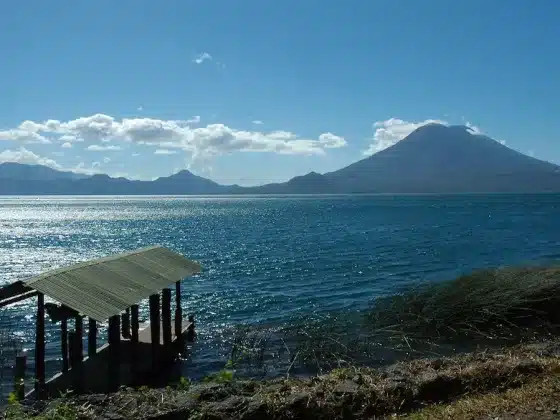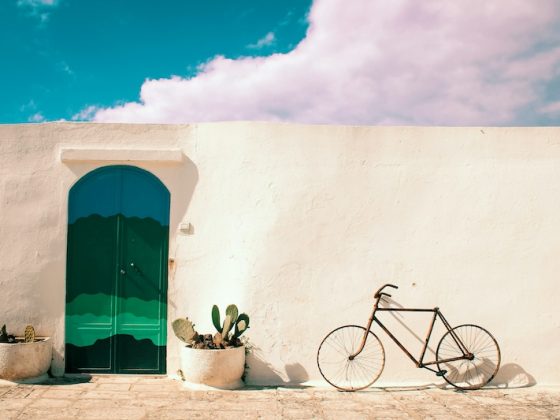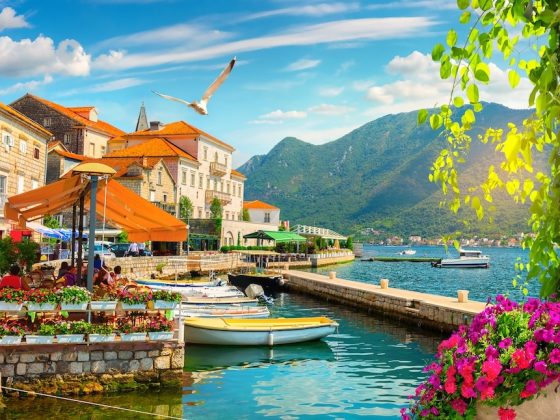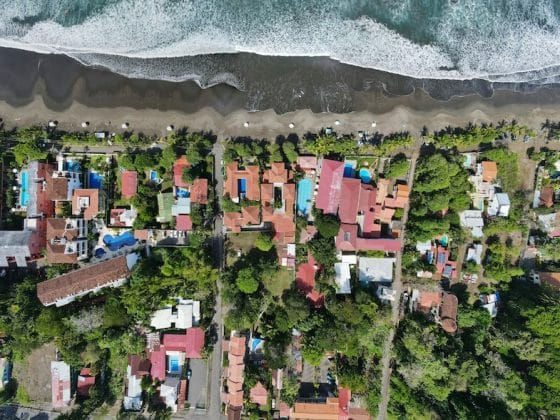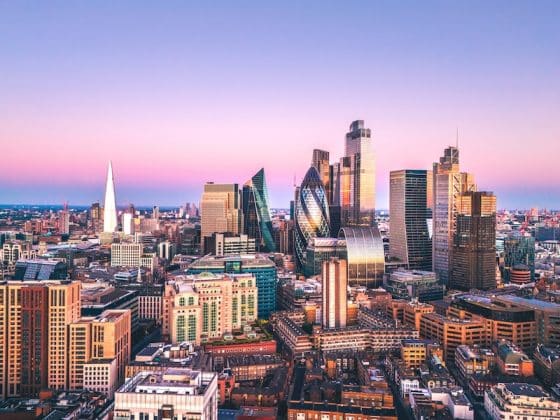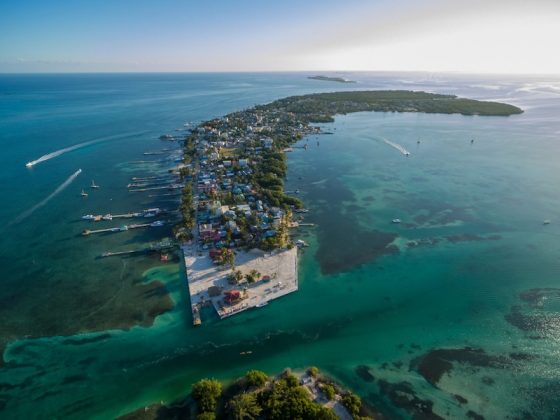Colombia, are you nuts? You might well ask this question if you haven’t visited this enchanting city and not many North Americans have. Cartagena is a jewel in the Caribbean and I’m not the only one who feels that way. Cartagena is a UNESCO World Heritage Site and is a favorite vacation and retirement destination for many thousands of Europeans and Colombians. Let’s put one thing to rest right now, Cartagena, Colombia is a very safe place to live or visit. In fact, it is far safer than many cities in North America.
Perhaps if you knew a little bit about the city and its history you’d understand why it is so special. Cartagena de Indies, Colombia is named after the famous city of Cartagena, in Spain.
It was founded in 1533 by Pedro de Heredia as an Amerindian trading post and it prospered and started to grow. In 1552 fire reduced the small town to ashes and Governor Heredia (the same) decreed that all buildings be made of stone from that point forward. This decree is one of the reasons so many colonial buildings have survived to the present day. Because of its well-protected harbor Cartagena became the staging area for the Spanish treasure fleets. The plundered treasure from Peru and Ecuador was ferried up the Pacific coast to Panama, taken across the isthmus by mule train (no canal in those days) and loaded on the Galleons which then made the short sail to Cartagena where they were provisioned and picked up more treasure brought down the Rio (river) Magdalena from the interior of Colombia. In order to protect the ships carrying these goods, so they would not have to sail out into the Caribbean and down the coast, the Spanish built a canal from the mouth of the Magdalena to Cartagena 114 Kilometers long.
This was the largest colonial project the Spanish ever undertook in the new world and it is still in use today. This along with the slave trade made Cartagena the wealthiest city in the new world, many of its citizens would have been multi-millionaires today and they built the beautiful churches and large colonial homes which give the city its charm and beauty.
All of this wealth did not escape the attention of Spain’s rivals and Cartagena was constantly under the threat of attack by pirates and privateers alike. Such famous or infamous individuals as Robert Baal, John Hawkins, Jean-Bernard Desjeans, Jean Ducasse and Sir Francis Drake all attacked Cartagena, some with more success than others.
The most famous was Admiral Edward Vernon, sent by King George II in 1741 with a fleet of 186 ships and 20,000 men he was to take control of Cartagena for the English Crown. He didn’t fair so well, the small garrison of defenders, some 3000 men, lead by General Basco de Lezo, drove the English back to the sea. It is said that General Lezo truly inspired his men as he continued in the fray after loosing an arm, a leg and an eye in the fighting. By this time the Spanish Crown had grown disgusted with all of this plundering of their plunder so they decided to really fortify the city.
It had been fortified in a piecemeal fashion prior to this time.
The resulting military fortifications are the largest and most extensive in the new world. The Fortress of Castillo San Felipe de Barajas and the city’s 7 miles of walls and other ramparts and forts are truly a sight to behold. Apparently the King made the comment that he had spent so much money on this project that he should be able to see it from his palace in Madrid. Unfortunately for him these fortifications could not protect his empire from the wrath of his own subjects as less than 50 years after their completion the people of Colombia threw off the yoke of Spanish oppression. Led by the Great South American Liberator, Simon Bolivar, they won their independence in 1821 for good.
Several years earlier in 1811 they had declared their independence from Spain but in 1815 the Spanish, under General Pablo Morillo, recaptured the city slaughtering more than a third of its inhabitants.
The Great Liberator called Cartagena, Ciudad Heroica, (the heroic city) for the bravery of its citizens in their fight for Liberty.
After independence Cartagena became less important as a seaport, its fortifications no longer necessary and with no more treasure fleets Barranquilla, a city further north on the coast, at the mouth of the Magdalena, became the major Caribbean port in Colombia and Cartagena slipped into obscurity. But, you know the old saying, when the going gets tough the tough get going. The citizens of Cartagena would not let their city die. Over the past 60 years or so Cartagena has made a miraculous come back.
The old city has been largely restored; museums, fine restaurants and many tourist attractions have made Cartagena a favorite vacation spot for folks from all over Colombia and Europe. With all of its beaches you might say that Cartagena is the Miami Beach of Colombia. It is really two cities in one, the old restored colonial city behind its majestic walls and the new city with its high-rise condominiums, modern hotels, movie theaters, shopping districts and restaurants of every description.
Since the advent of containerized freight Cartagena has regained its place as a major seaport. The city has developed an ultra-modern container facility that rivals any in the Caribbean. Ships come and go all day long. It has doubled in size in the past 2 years and just in the past several months’, 2 new giant cargo cranes have been added to make the port even more competitive. Today, Cartagena is a vibrant growing city with a myriad of new construction projects, hotels, condominiums, new retail space and private homes. To be sure it has its problems just like any other growing city, but the citizens of Cartagena will solve them just as they have so many times in the past.
Excerpted from “Retiring In Cartagena, Colombia” in Escape From America Magazine, Issue 64.
Contact Author
"*" indicates required fields
Stay Ahead on Every Adventure!
Stay updated with the World News on Escape Artist. Get all the travel news, international destinations, expat living, moving abroad, Lifestyle Tips, and digital nomad opportunities. Your next journey starts here—don’t miss a moment! Subscribe Now!
